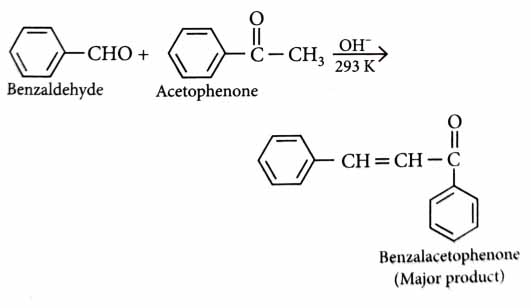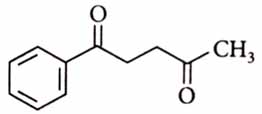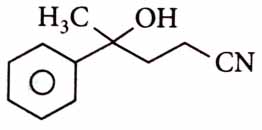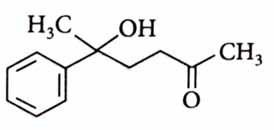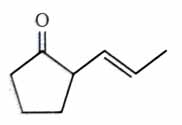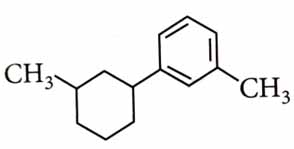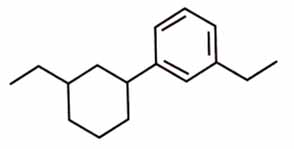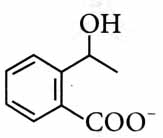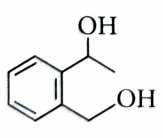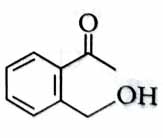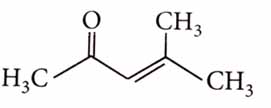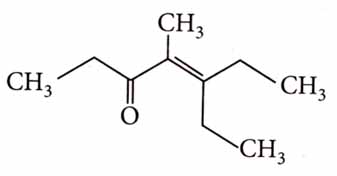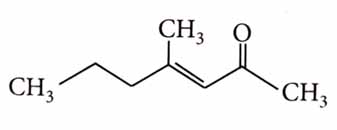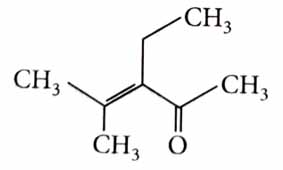Topic Question Set
Q 1
:
The major product of the following reaction is [2025]


(4)

Q 2
:
The major product formed in the following conversion is ______. [2023]


(1)

Q 3
:
Consider the given reaction :
The functional groups present in compound "X" are [2023]
ketone and double bond
double bond and aldehyde
alcohol and aldehyde
alcohol and ketone
(4)

Thus, functional groups present in product ‘X’ are alcohol and ketone.
Q 4
:
Identify product (A) in the following reaction : [2023]


(3)

This is Clemmensen reduction reaction.
Q 5
:
Identify the product [D] obtained in the following sequence of reactions. [2023]
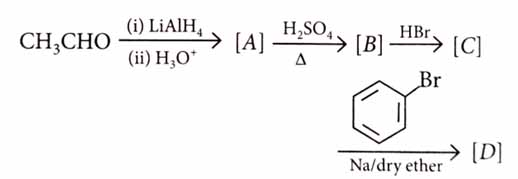

(3)
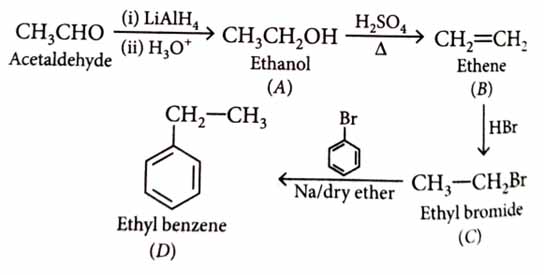
Q 6
:
Identify the major product obtained in the following reaction. [2023]


(1)
Both aromatic and aliphatic aldehydes reduce Tollens’ reagent.

Q 7
:
Match List-I with List-II. [2022]
List-I (Products formed)
List-II (Reaction of carbonyl compound with)
A.
Cyanohydrin
(i)
B.
Acetal
(ii)
C.
Schiff’s base
(iii)
Alcohol
D.
Oxime
(iv)
HCN
Choose the correct answer from the options given below:
(A) - (iii), (B) - (iv), (C) - (ii), (D) - (i)
(A) - (ii), (B) - (iii), (C) - (iv), (D) - (i)
(A) - (i), (B) - (iii), (C) - (ii), (D) - (iv)
(A) - (iv), (B) - (iii), (C) - (ii), (D) - (i)
(4)
Aldehydes react with HCN to give cyanohydrin.
Aldehydes react with alcohol to form acetal.
Aldehydes react with amine to give Schiff’s base.
Aldehydes react with to give oxime.
Q 8
:
Which one of the following is not formed when acetone reacts with 2-pentanone in the presence of dilute NaOH followed by heating? [2022]
(2)
When acetone reacts with 2-pentanone in the presence of dil. NaOH, following products are formed:
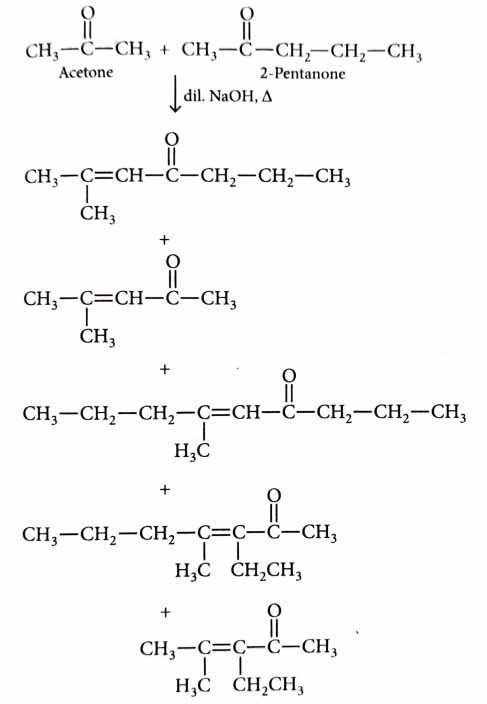
Q 9
:
What is the IUPAC name of the organic compound formed in the following chemical reaction?
[2021]
2-Methylbutan-2-ol
2-Methylpropan-2-ol
Pentan-2-ol
Pentan-3-ol
(1)
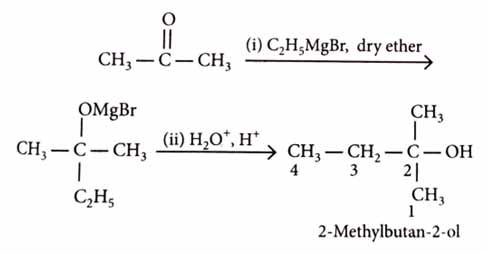
Q 10
:
Reaction between benzaldehyde and acetophenone in presence of dilute NaOH is known as [2020]
Aldol condensation
Cannizzaro’s reaction
Cross Cannizzaro’s reaction
Cross Aldol condensation
(4)
Cross aldol condensation
